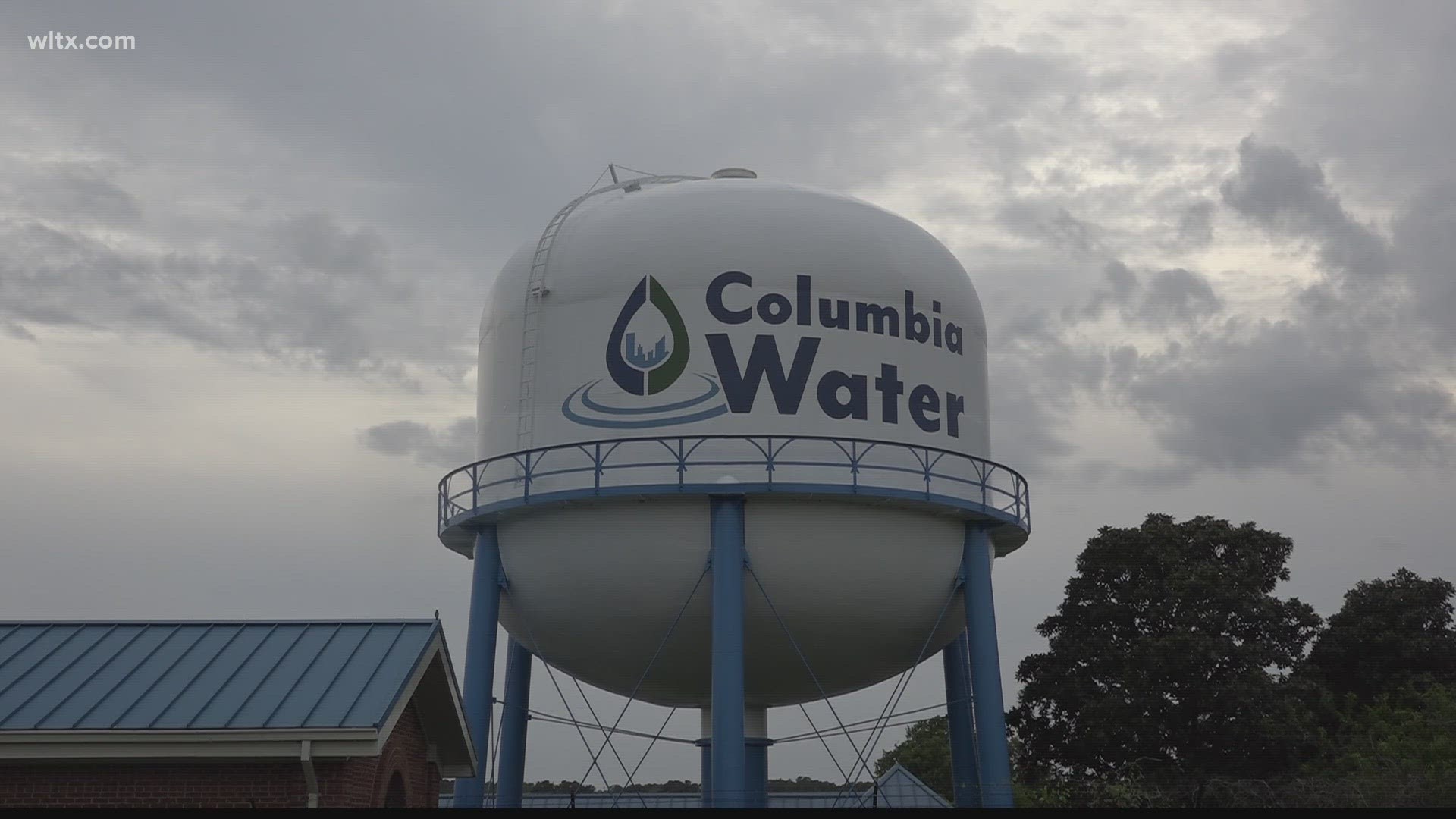COLUMBIA, S.C. — Local leaders are reacting to new regulations from the Environmental Protection Agency (EPA).
Bill Stangler, the Congaree Riverkeeper, is excited about the announcement that the EPA is changing its classification for safe drinking water.
On Wednesday, the agency released new guidelines for municipalities' regulation of PFAS, known as forever chemicals.
"They've been linked to a number of human health issues and so it's been a real effort over the last several years as we learned more and more about these chemicals to eliminate them," he adds, "Based on sampling from the state, there are dozens of water utilities across South Carolina that have PFAS levels that are higher than the EPA standard that is now going into effect so they'll have to take steps to come into compliance with that."
According to the EPA, the finalization of their national primary drinking water regulation established a legally enforceable level of PFAS, called a maximum contaminant level. Stangler says he says the ruling means water supplies will have a higher standard for clean drinking water.
"There's a three-year window where water utilities are going to have to sample. So they'll go out and they'll do sampling," he says, "They'll have an additional two years to come up with a way to treat their water to then get below the level to make sure that's safe."
We reached out to Columbia Water, one of the largest clean water suppliers in the state.
A Columbia Water spokesperson said in a statement, "Columbia Water will be actively reviewing this new regulatory development and will continue to proactively pursue ways to meet the new EPA requirements through further testing for PFAS, collaboration with our state and federal regulatory agencies and scientific community regarding advancements, and evaluating potential legal action to require compensation from polluters for treatment costs to remove PFAS."
Mya Johnson says she doesn't care about the cost, as long as water through the city is meeting safe drinking standards.
"The water quality in Columbia compared to a lot of places is like a lot a lot worse, so I try to avoid it when I can," she adds, "Honesty, I'm just hoping that they do reach regulations compared to other places, because it's not the only place in America that's bad drinking quality. Because even with the standards, there's still a lot of stuff that can get into the water."
Stangler says this is not the final step in creating a safe source of water.
"It's important to remember that final approval of these standards is just the first step in a long journey to dealing with the PFAS pollution problem," he says.

